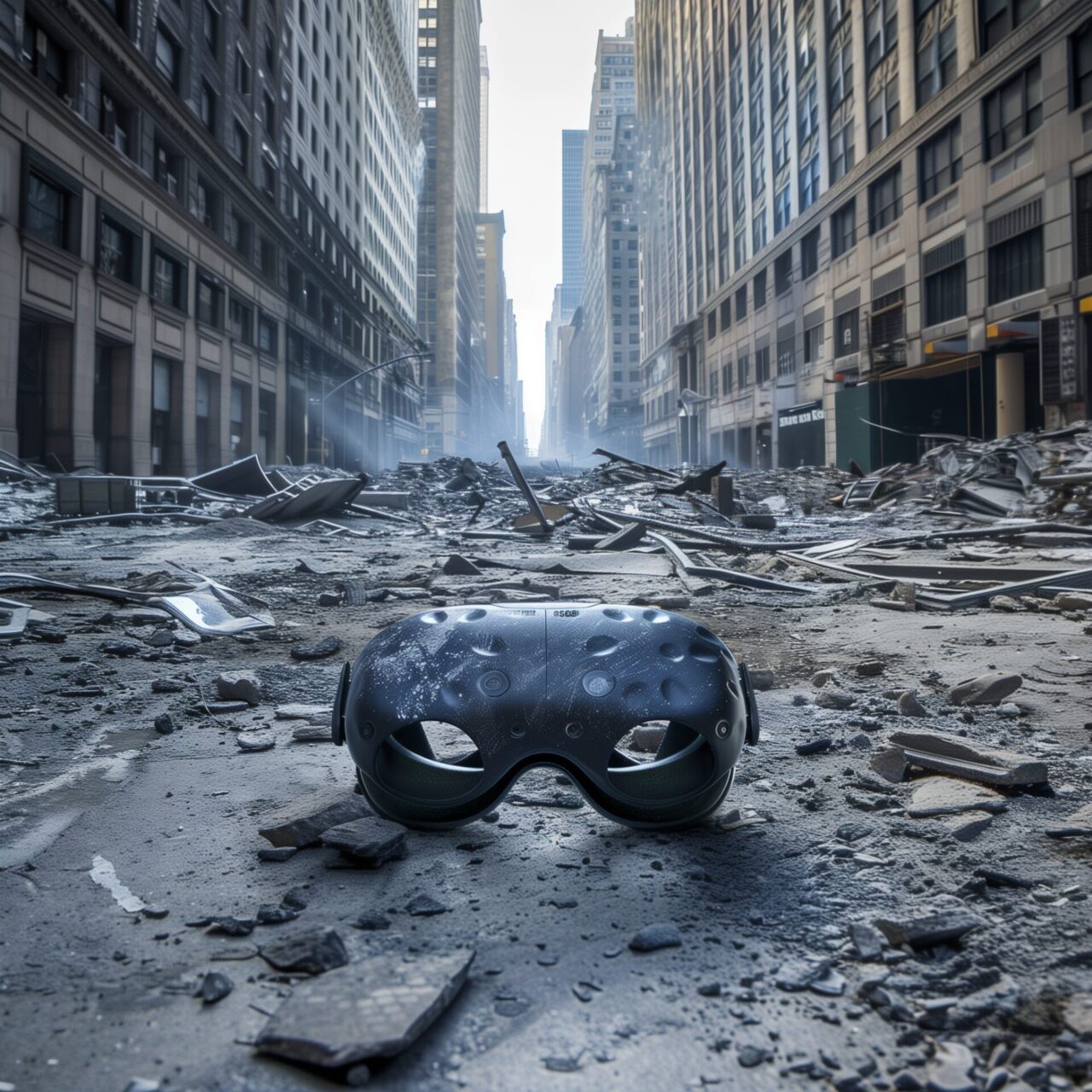
Akira
In 1988, director Katsuhiro Otomo unleashed a cinematic powerhouse with “Akira”, which not only revolutionised the genre of anime, but also raised profound questions about technology, society and human nature. Based on Otomo’s manga of the same name, which began back in 1982, “Akira” is more than just a dystopian science fiction film; it is a visually stunning and narratively complex masterpiece that redefined the boundaries of animation and made cultural waves around the world.
The plot: An explosive cocktail of youth rebellion and political unrest
Set in a post-apocalyptic world scarred by the catastrophic outbreak of World War III, “Akira” unfolds in the neo-Tokyo of 2019. The city, a bubbling cauldron of political unrest, anti-government protests and scientific experimentation, is the playground of a gang of youths led by Kaneda. The story takes a dramatic turn when Tetsuo, a member of the gang, is subjected to mysterious government experiments that awaken his latent psychic abilities after a motorbike accident. Tetsuo’s growing power becomes increasingly derailed, leading to an explosive confrontation that threatens the fate of Neo-Tokyo.
Visual and technical innovation: The art of the possible
“Akira” is famous for its groundbreaking animation. The film used over 160,000 individual frames – a record-breaking number at the time – and brought colours and details to the screen that had rarely been seen in animated films before. Otomo’s obsessive attention to detail and the dynamic, fluid animation made “Akira” a visual feast that set the standard for future anime productions.
Themes and interpretations: A mirror of the times
“Akira” is deeply rooted in the social and political unrest in Japan in the 1980s. The film addresses the loss of youth, the dangers of militarism and the ethical dilemmas of scientific research. Otomo, who himself grew up in the period after the Second World War, reflects in “Akira” the collective Japanese fear of renewed destruction and the scepticism towards rapid technological progress.

Cultural and global resonance: a phenomenon that transcends borders
After its release, “Akira” quickly became a cult classic that permanently changed the Western perception of anime. The film was celebrated not only in Japan but worldwide and inspired an entire generation of artists and filmmakers, including such greats as Quentin Tarantino and the Wachowskis. “Akira” is considered one of the most important precursors of the cyberpunk genre in pop culture and remains a key reference point for discussions about the intertwining of technology and society.
The legacy of “Akira”
“Akira” is not only a milestone in the history of anime, but also a profound, multidimensional work that poses cultural, social and philosophical questions that are still relevant today. With its radical approach and uncompromising vision, “Akira” remains an unforgettable experience that has a permanent place in the history of cinematic art. In an era when discussions about artificial intelligence, state surveillance and the role of the individual in society are becoming ever more pressing, “Akira” offers a fascinating – if bleak – perspective on the possible fate of our own world.



